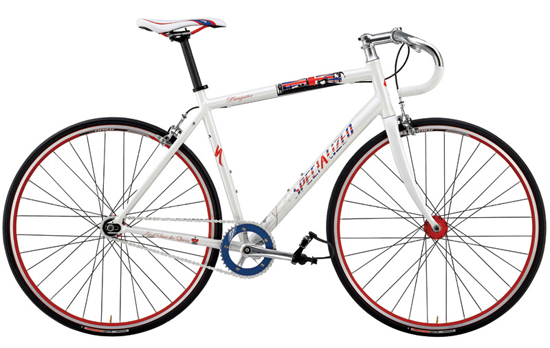One of my all time favorite books (so far at least) is Michael Chabon’s The Amazing Adventures of Kavalier & Clay. Chabon talks about a lot of things in the book. Homophobia, war, anti-semitism and many other evils of the past and current century. The book’s plot-lines are bridged by the golden age of comics. The author describes in great detail how an emerging medium begins to gain acceptance both at an art form and an industry.
Growing up I had access to boxes and boxes of comics my Dad had collected over the years. I would regularly climb into the 120 degree attic to rummage around for the missing issue of the original X-men series. In recent years, I’ve seen some of my old favorites fade away into mass-media-homogenized goo, that no longer appeals to me, while off the cultural radar a new set of writers and artists are once again changing the way we look at the medium.
Newspaper comics have been at dead-end for a long time, ever since Calvin and Hobbes went away, really ever since the end of the Golden Age that Chabon writes about. There’s a few hold outs that have something to say, but by-and large, it’s seemed dead for a long time.
And then there’s today. Today we have riots all over the Muslim world, sparked by a comic strip. We’ve gone from a medium that was once barely accepted as an art form to something that’s resulted in burned out embassies and Danish boycotts. (Denmark? Seriously? Your pissed at Denmark? The French published it in the first place. Of course the French would have just surrendered).
It’s a triumph for that art form that it’s being taken this seriously. It’s also a tragedy, that it was so recklessly used to depict imagery that is offensive to half the world. What was the noble goal of this piece? I’m not sure there was one other than to be sensational, to sell a few more dead trees. That’s very sad to me.
However, a Newspaper comic strip changed the world. It caused riots, deaths, diplomatic maneuverings. It had impact. Maybe this is the chance for this strangled art form to have some cultural relevance. An opportunity for those artists and writer who are changing the medium of the comic-book to step in and do something new with the strips.
Maybe they’ll realize the relevance of their work. Maybe they’ll use their powers for good, not to create sensation.



